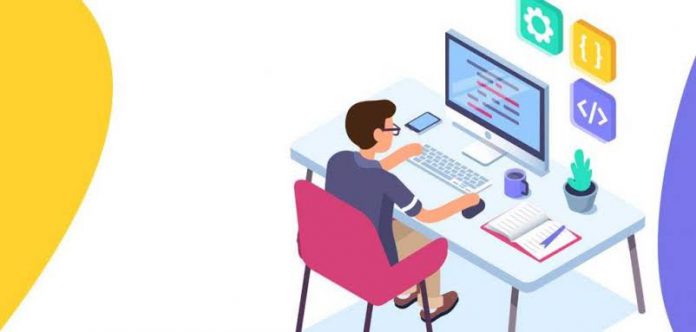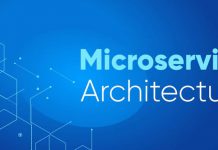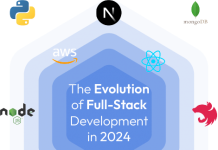The field of coding is constantly evolving, driven by technological advancements and the ever-growing demand for innovative solutions. In this blog post, we’ll delve into some of the recent developments shaping the coding landscape, from emerging programming languages to breakthroughs in software development practices.
Rise of Low-Code and No-Code Platforms:
Low-code and no-code development platforms have gained significant traction in recent years, empowering individuals with limited coding experience to create applications and automate processes without writing extensive lines of code.
These platforms offer visual interfaces, drag-and-drop functionalities, and pre-built components, democratizing software development and accelerating the delivery of digital solutions.
Adoption of Machine Learning and AI:
Machine learning and artificial intelligence (AI) continue to revolutionize coding practices, enabling developers to build intelligent applications that can learn and adapt to user behavior.
Learn more about machine learning with python:- https://notes.edureify.com/machine-learning-with-python/
From predictive analytics to natural language processing, AI-powered tools are reshaping how code is written, tested, and deployed, enhancing efficiency and driving innovation across various industries.
Evolution of Programming Languages:
New programming languages and frameworks are constantly emerging, catering to specific use cases and addressing the evolving needs of developers.
Languages like Rust, Kotlin, and Swift have gained popularity for their performance, safety, and ease of use, while frameworks like React Native and Flutter have simplified cross-platform app development. Additionally, advancements in languages like Python and JavaScript have fueled the growth of data science, web development, and automation.
Containerization and Microservices Architecture:
Containerization technologies such as Docker and Kubernetes have revolutionized the way applications are deployed and managed, enabling developers to package their code along with its dependencies and run it consistently across different environments.
Microservices architecture further enhances scalability and agility by breaking down complex applications into smaller, independently deployable services, facilitating rapid development and continuous delivery.
DevOps and Continuous Integration/Continuous Deployment (CI/CD):
DevOps practices have become essential in modern software development, promoting collaboration between development and operations teams to streamline the delivery pipeline and accelerate time to market.
Continuous integration/continuous deployment (CI/CD) pipelines automate the process of building, testing, and deploying code changes, ensuring faster feedback loops and greater reliability in software delivery.
Conclusion:
The field of coding is dynamic and ever-changing, driven by technological advancements and evolving industry demands.
From low-code platforms to AI-driven development tools, recent developments are reshaping how code is written, deployed, and managed, empowering developers to create innovative solutions faster and more efficiently than ever before.
As we embrace these changes, it’s essential for developers to stay updated on the latest trends and technologies to remain competitive in today’s rapidly evolving digital landscape.
Master Your Coding Skills with BootSelf AI
If you're looking to enhance your coding abilities and upskill in artificial intelligence, look no further than the BootSelf AI app. This innovative platform provides AI-based coding lessons that are tailored to your individual learning pace.
Available on both iOS and Android, you can download the BootSelf AI app and start mastering coding skills today:













